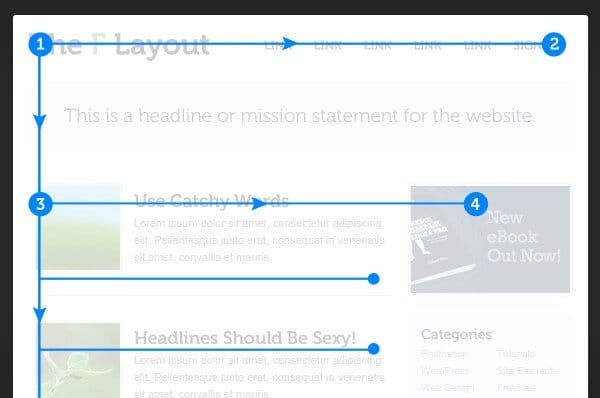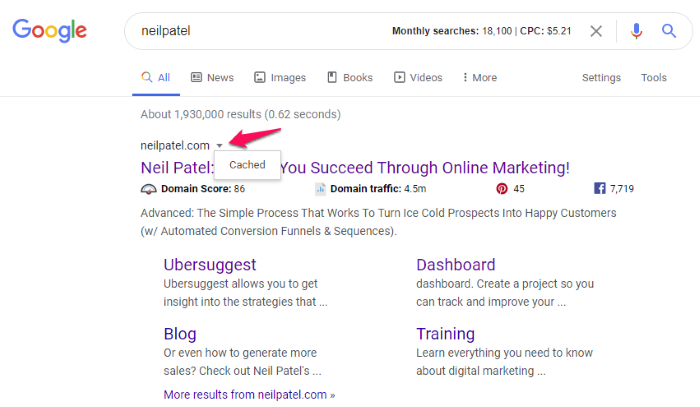Marketing Mondays: How people read on the web
The way we read on the web and printed materials is eerily different.

They don't read. They scan.
Both desktop and mobile.
Our eyes are fast at scanning. We're talking seconds.
- Users first read in a horizontal movement – the upper part of the content area, like the title.
- Then they scan vertically down the left side of the screen.
- They'll read across in a horizontal movement when they find something interesting.
- Repeat.
This scanning behavior typically forms an 'F' pattern. Online readers commonly read with a "F-Shaped Pattern"

What does this mean?
This should give you clues on how to structure your webpages for success.

- Put the biggest promise on the headline. (Most newbies put in their product name on the headline. Big mistake.)
- Align words to the left. (Applicable for most Western readers.)
- Write in "scroll stoppers" in your subheadlines.
- Save the details to include in your paragraphs. People only read paragraphs if the headlines catches their attention.
- Design for scanning, not reading.
- One idea per paragraph.
- Put CTAs (buttons) on left and right sides, where the users begin and end their scanning.
That said, F-shaped pattern is a guideline, not a must-do. Use it with care and break rules.
Podcast takeaway of the week
A throwback to when we talked to founder of Hiblendr – learning how he grew the brand from zero to thousands of customers, with influencer marketing.
Influencer marketing is more alive than ever. Hiblendr has worked with over 1000+ influencers and Andrew has a trick or two to share.
In the loop

Google cached pages are no longer available. Google has removed a way for SEO professionals to check a competitor's website - including things they added and removed from it. The Wayback Machine will be your go-to tools now.
AI will kill generic content. But what's standing out in the content world now is POV content content.
Multiple choice questions is still the king of data collection. Learn how to collect better data with Typeform's data on data report. Speaking of which, Typeform has collected over 2.9 billion responses. Crazy.
TikTok's CEO, Shou Zi Chew is on the news again with absurb questioning by politicians at the US Congress.
PR stunts work, untill you bring death in the picture. Indian actress, Poonam Pandey faces backlash for faking her death in raising awareness for cervical cancer. Although not the same, a local influencer Boss Mario has gotten some attention for going missing due to stress.
Social media post of the week

- We connect people with things.
- Marketers are storytellers.
- We can't change everyone. Choose to serve a specific audience.
- People buy with emotions, then justify with logic.
- Marketers see from our audience's worldview.
- Planning is guessing. Get to work.
- What you say (or market) isn't as important as what others say about you.
- Focus on what people want. Not what you want.
Follow us on social media.
Instagram | YouTube | Facebook | LinkedIn
Ad of the week
Not an official Nike ad. This is created by a cartoonist, Alex of Lazy Square.
Sidenote: It's an eye-catching ad. With attention spans becoming shorter and shorter, the future of ads should be short like this. We're just a little unsure about the suicidal part.
Here's a recording of the keynote from Underdog Founder's Con last year.
You'll discover why we started Underdog Con, including 3 marketing lessons from it. Get complete access to the speeches from the other 7 speakers, sharing their marketing strategies when you join Underdog Founders' Con - Workshop Edition.
